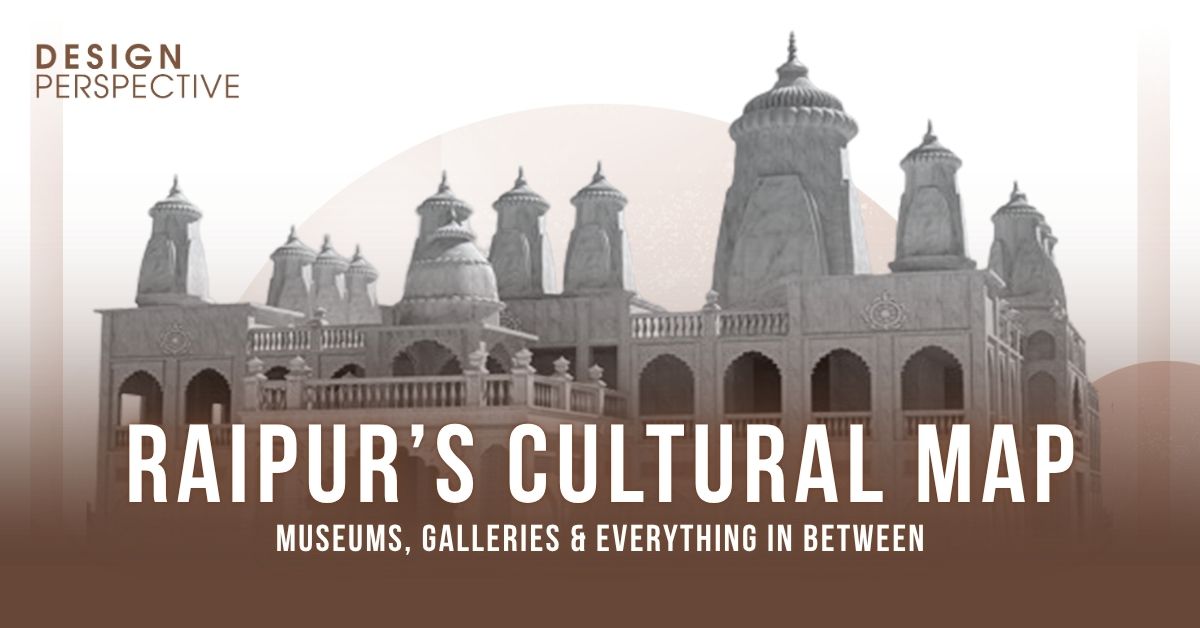Where architecture meets identity, and spaces speak of legacy, expression, and transformation.
Raipur may not scream ‘art capital’ at first glance, but beneath its bustling development lies a quietly thriving cultural circuit. From colonial legacies to experimental galleries, the city’s museums and cultural institutions don’t just display art and history—they embody it in their architecture, planning, and spirit.
Here’s how Raipur is shaping its cultural language, one space at a time:
1. Mahant Ghasidas Memorial Museum
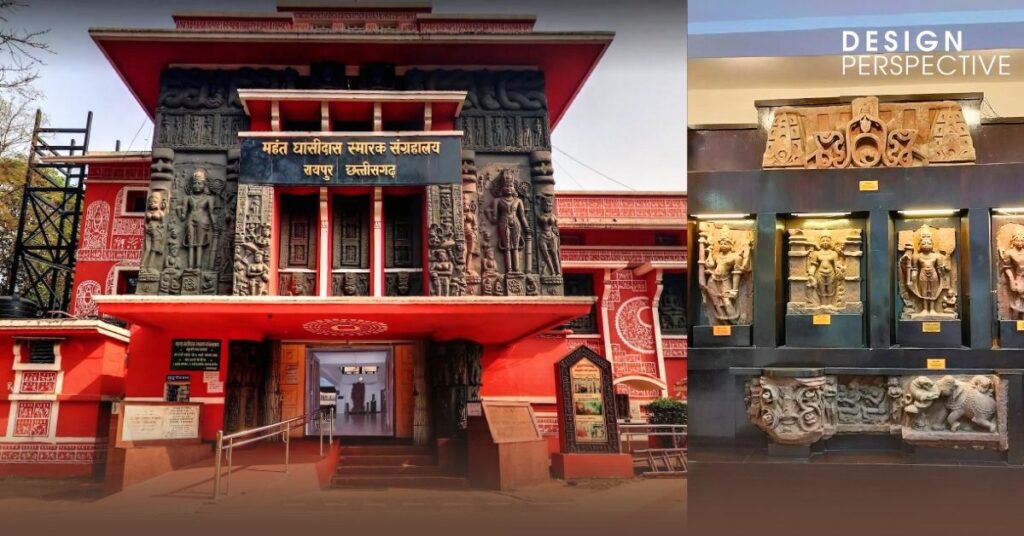
Architecture: Indo-Saracenic influence with colonial undertones
One of the oldest museums in Central India, this structure is a memory capsule built in 1875. The building’s Indo-Saracenic design—a confluence of Indian and Gothic Revival—sets a grand stage for the cultural artefacts within. High arches, symmetrical facades, and generous verandas create a sense of openness that mirrors the museum’s mission: to preserve and present Chhattisgarh’s layered history. It stands as a testament to how colonial-era institutions used architecture to validate authority while now serving as pillars of education and heritage.
2. Chhattisgarh Tribal Museum
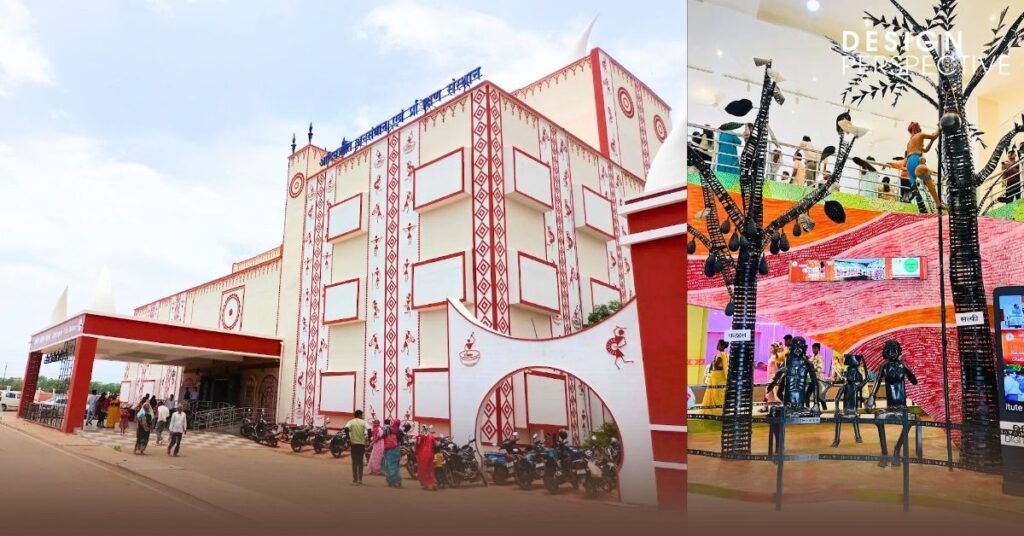
Architecture: Vernacular, sustainable, experiential
This isn’t just a museum—it’s a spatial storybook. Built using local materials and tribal construction techniques, the museum is as much a celebration of indigenous identity as the artefacts it holds. The design dissolves the line between structure and nature, creating organic transitions between galleries, open courtyards, and interactive zones. The architecture doesn’t just house tribal culture; it feels like it has emerged from it. Every texture, surface, and pathway here speaks to the region’s deep-rooted ecological and cultural wisdom.
3. Conflictorium, Raipur
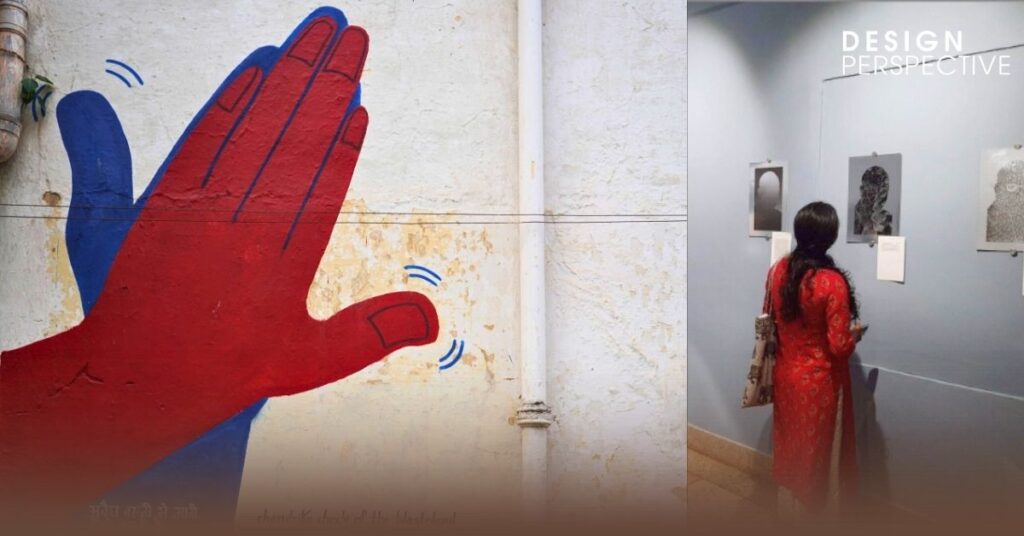
Architecture: Adaptive reuse and modular storytelling
Originally known for its flagship space in Ahmedabad, the Conflictorium’s Raipur edition reimagines what a museum can be. Set inside a repurposed structure, the building is stripped down to allow for raw storytelling—unfinished walls, exposed materials, and movable partitions allow for dynamic curation. This is where architecture becomes a facilitator of dialogue. The design is intentionally non-hierarchical and immersive, inviting people to listen, argue, heal, and reflect through space.
4. Mahakoshal Art Gallery
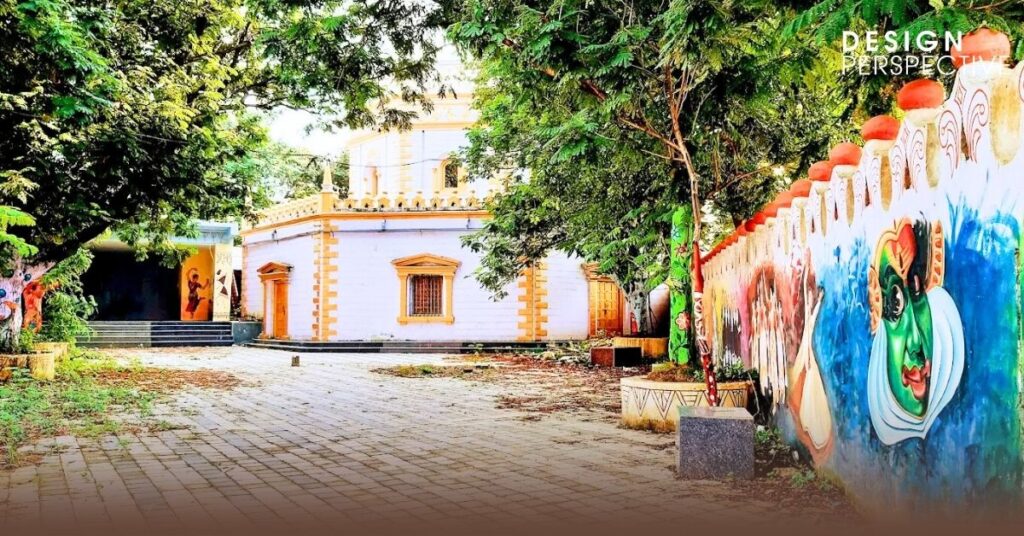
Architecture: Contemporary, neutral, flexible
This gallery is the city’s modern art lens—minimalist in design but rich in purpose. With clean lines, open plan layouts, and adaptable lighting, Mahakoshal focuses on foregrounding the art while letting the space fade into the background. It offers artists a blank canvas to manipulate, while still maintaining an architectural discipline that encourages pause, contemplation, and fluid movement. Its simplicity is its sophistication.
5. Chhattisgarh Regional Science Centre
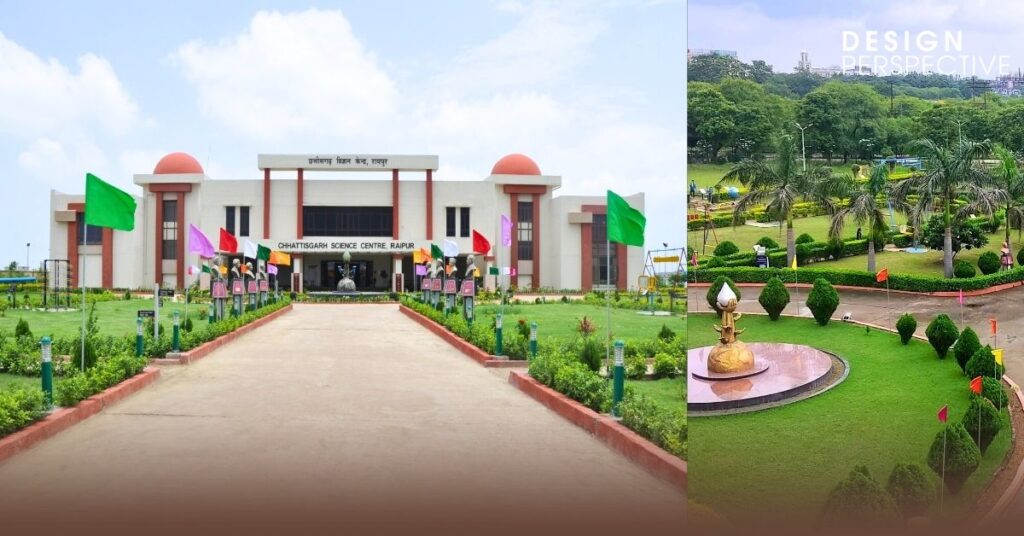
Architecture: Functional modernism meets educational interactivity
The Science Centre takes a more modern approach, designed as a hub for learning rather than observation. Modular rooms, interactive setups, and bright wayfinding make it accessible across age groups. Its design principles are rooted in spatial engagement—architecture here becomes a teaching tool, using scale, proportion, and movement to simplify complex scientific ideas for the public.
A City of Quiet Statements
Raipur’s cultural spaces may not rely on spectacle, but they’re rich in symbolism and spatial storytelling. Each museum and gallery is not just a keeper of content—it’s a crafted environment that tells its own story through design. As the city grows, these spaces anchor it to its past, challenge its present, and subtly shape its creative future.
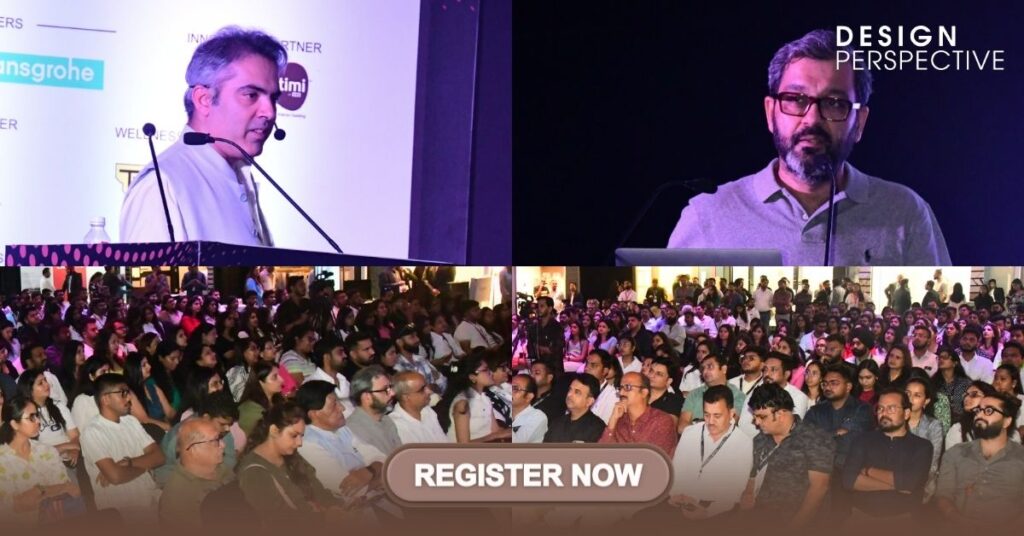
Design Perspective Raipur is your invitation to explore these layered spaces with new eyes. Let architecture guide your journey into the city’s cultural core.
DP Raipur Edition – Register Now. Let the spaces speak.

